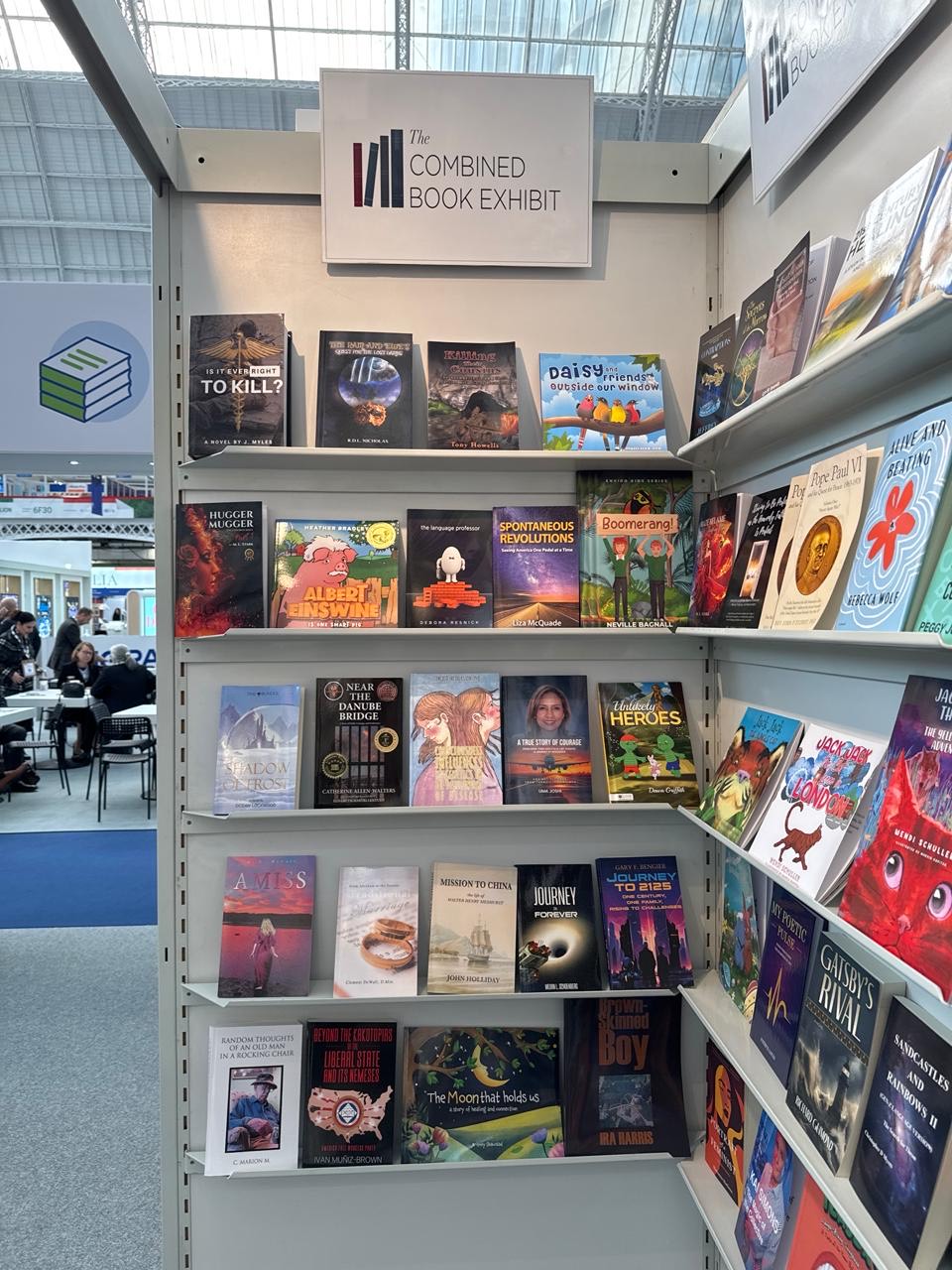Dive into my blog for exclusive author insights, writing tips, and more.
The Secret Lives of Authors
What happens behind the scenes before a book reaches your hands? The journey from concept to published work is filled with unexpected twists and turns that readers rarely get to see. As both an author and an avid reader, I've come to appreciate the complex dance that brings stories to life.
Most books begin as a simple idea, often jotted down in the margins of notebooks or saved as brief notes on a phone. These seeds of inspiration might lie dormant for months or even years before they begin to sprout into something more substantive. For my latest work, the idea germinated for nearly three years before I felt ready to begin writing in earnest.
The Art of Crafting Characters
Characters are the heart of any story. They carry the narrative, embody themes, and forge connections with readers that can last a lifetime. Creating characters that feel authentic requires more than just physical descriptions or personality traits – it demands an understanding of human psychology and behavior.
When developing characters, I begin with their core desires and fears. What drives them? What keeps them awake at night? What would they sacrifice everything to protect or achieve? By answering these questions, I establish a foundation that guides how characters will respond to the events of the story.
For example, in my current project, the protagonist Maya is driven by a desire to uncover the truth about her family's past. This motivation shapes every decision she makes, from investigating old family photographs to confronting relatives who have kept secrets for decades. Her fear of discovering something that might shatter her identity creates internal conflict that adds depth to her character arc.
The Writing Routine: Myths and Realities
There's a romantic notion that authors await inspiration before sitting down to write, crafting beautiful prose in moments of creative brilliance. The reality is far less glamorous. Writing is work – rewarding work, but work nonetheless.
My personal routine involves writing for four hours each morning, regardless of whether inspiration has struck. Some days yield pages of content that will remain relatively unchanged in the final manuscript. Other days produce paragraphs that will eventually be discarded. Both are necessary parts of the process.
I've found that consistency matters more than inspiration. By showing up at my desk each day, I train my mind to enter a creative state on command rather than waiting for the muse to appear.
The Emotional Rollercoaster of Editing
If writing is where a story is born, editing is where it grows up. The editing process transforms rough ideas into polished narratives, but it can be an emotional challenge for authors who must sometimes cut their favorite scenes or characters for the greater good of the story.
My approach to editing involves several phases. First, I review the manuscript for structural issues, asking whether the story flows logically and maintains appropriate pacing. Next comes character consistency and development. Finally, I polish the language, refining sentences and selecting precise words that convey the intended meaning and emotion.
Throughout this process, I rely on beta readers who provide valuable feedback from a reader's perspective. Their insights often illuminate blind spots in my writing that I might otherwise miss.
Tips for Aspiring Writers
For those who dream of writing their own books, I offer these pieces of advice:
Read widely and critically. Analyze how other authors structure their stories, develop characters, and create tension. Consider keeping a reading journal where you note techniques you might adapt for your own writing.
Write regularly, even when it's difficult. Establish a routine that works with your schedule and life circumstances, and honor that commitment to yourself.
Find a community of fellow writers. Whether online or in person, connecting with others who understand the challenges and joys of writing can provide motivation and support when you need it most.
Remember that all first drafts are imperfect. Give yourself permission to write poorly at first, knowing you can refine your work during the editing process.
Join the Conversation
I hope this peek behind the curtain has provided insight into the complex and rewarding process of bringing books to life. As I continue to share my journey through this blog, I invite you to join the conversation. What aspects of the writing process interest you most? What books have touched your life, and why? Together, we can explore the profound connection between writers, readers, and the stories that unite us.
Until next time, happy reading and writing!
